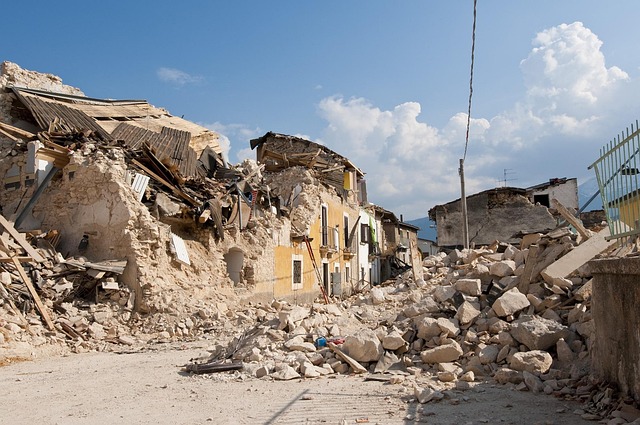San Antonio's pipe infrastructure faces unique challenges from extreme winter cold, leading to costly burst pipes. To prevent these disruptions, homeowners and emergency response teams should insulate exposed pipes, apply heat tape, conduct regular leak checks, close garage doors, shut off water valves, and drain pipes during alerts. Building skilled disaster response teams with diverse expertise, robust training, and a culture of continuous learning further enhances resilience and quick recovery from winter emergencies, minimizing damage and restoring services promptly.
Disaster reconstruction emergency response teams play a vital role in safeguarding communities post-disaster. In San Antonio, understanding the unique challenges of winter weather is crucial, especially regarding pipe bursts, which can wreak havoc on infrastructure. This article explores strategies for building resilient teams and preventing burst pipes during winter, focusing on comprehensive solutions to safeguard homes and cities like San Antonio from devastating water damage. By implementing these measures, we aim to enhance disaster response efficiency and minimize the impact of freezing temperatures.
- Understanding Winter's Impact on San Antonio Pipes
- Building Resilient Teams for Efficient Disaster Response
- Strategies to Prevent Bursting Pipes: A Comprehensive Approach
Understanding Winter's Impact on San Antonio Pipes

San Antonio, like many cities across the country, faces unique challenges during winter months regarding pipe infrastructure. The extreme cold can lead to a common yet costly issue: burst pipes. This phenomenon is particularly problematic in areas where pipes are not adequately protected or insulated, causing significant disruptions and damage. Homeowners and emergency response teams must be proactive in preventing these incidents, especially in neighborhoods with older plumbing systems.
One effective strategy for preventing burst pipes during winter in San Antonio involves taking preventive measures. These include insulating pipes exposed to cold air, using heat tape, and checking for any signs of leaks or cracks before temperatures drop significantly. By adopting these practices, residents can mitigate the risk of pipe damage, ensuring a more seamless recovery process post-disaster.
Building Resilient Teams for Efficient Disaster Response

Disaster response teams play a pivotal role in mitigating the impact of natural calamities and man-made emergencies. To ensure efficient and effective operations, it’s crucial to build resilient teams equipped with diverse skill sets. In regions like San Antonio, where freezing temperatures can lead to preventing burst pipes during winter, specialized knowledge in infrastructure maintenance becomes essential. Team members should include experts in plumbing, heating systems, and emergency services coordination.
Resilience is enhanced through robust training programs that simulate various disaster scenarios. This prepares the teams to act swiftly and adapt to evolving conditions. Additionally, fostering a culture of continuous learning ensures team members stay updated with emerging best practices in disaster reconstruction. Such proactive measures are vital for minimizing damage and restoring critical services promptly, especially during winter months when unique challenges like burst pipes demand immediate attention.
Strategies to Prevent Bursting Pipes: A Comprehensive Approach

In cold climates, preventing burst pipes is paramount, especially in cities like San Antonio facing harsh winters. A comprehensive approach involves several strategies. First, insulation is crucial; adequately insulating water pipes and heat sources nearby helps maintain consistent temperatures, reducing the risk of freezing. Regular maintenance checks are another vital step; identifying and repairing leaks or weak spots before winter sets in can prevent burst pipes.
Additionally, using thermal insulation on exposed pipes and keeping garage doors closed to protect pipes from extreme cold is effective. During extreme weather alerts, homeowners should consider shutting off water valves at the source and draining pipes to release pressure. These proactive measures, combined with quick response teams for emergency repairs, ensure efficient disaster reconstruction and minimize damage during San Antonio’s winter months.
San Antonio’s resilience against winter-related disasters lies in its prepared emergency response teams and proactive strategies. By understanding the unique challenges posed by extreme cold, building resilient teams, and implementing comprehensive pipe protection measures, the city can significantly minimize damage and disruptions caused by bursting pipes. These efforts ensure a faster recovery process, enhancing the overall well-being of San Antonio’s residents during winter months, and effectively preventing the devastating effects of frozen water infrastructure.
